
Easy Korean Kelp Recipe
Fried Kelp Chips (Dashima Twigak 다시마 튀각) is a Korean kelp recipe that you can make very easily at home. I was reminded of this wonderful dish during my recent visit to Seoul and I said I will be making some when I returned home. So here it is!! For this easy Korean kelp recipe, dried kelp chips are first deep fried then sprinkled with sugar – and that’s basically it! As simple as it is to make, the flavors are certainly not. These nutty, crunchy, sweet and salty chips are full of umami flavor (note that ‘umami’ flavor was first scientifically identified by a Japanese scientist from dashi broth made from kelp).
I had shared on my FB post in March on how the hotel breakfast buffet had 3 kinds of Bugak 부각 as banchan: Gochu bugak, gim bugak and dashima bugak. BTW, I have to admit that I was not totally accurate in my description because the Dasima bugak was actually Dasima twigak. So here’s a quick Korean food lesson for this post so that you learn it the right way.
Difference between Twigak 튀각 vs Bugak 부각
Although the two words are often used interchangeably (just like I did) in everyday conversations, to be precise, they are actually not the same thing. They are similar in that they are both referring to dried vegetables that are deep fried. But we use the term Bugak when vegetables are coated with sweet rice paste or grains before they are dried and fried. Twigak are dried vegetables that are fried directly without any sweet rice coating. Interestingly, kelp or dasima is one sea vegetable where it is made both ways – as twigak and as bugak. The kelp recipe that I am sharing with you today is Dasima Twigak.
In case you are curious, here are some common twigak and bugak dishes –
Kinds of Korean Bugak: Dasima (kelp), Gochu (chili peppers), Kkaetnip (perilla leaves), Gim (seaweed), Deulkkae songyi (perilla flowers), Wooeong (burdock root)
Kinds of Korean Twigak: Dasima (kelp), Yeongeun (lotus root), Miyeok (sea mustard)
Kelp Nutrition and more
Similar to Miyeok, Kelp has lots of Iodine, Calcium and Potassium and has been used to treat diseases like goiter since the medieval times. And in 2010, “a group of researchers at the University of Newcastle found that a fibrous material called alginate in sea kelp was better at preventing fat absorption than most over-the-counter slimming treatments in laboratory trials”. (wikipedia) So, kelp is not just delicious, it is also good for you!
Kelps or Dasima are made up of over 30 types of species of brown algae called Laminara. The most common type of Laminara that is used as food are Laminara Japonica, L. Ochotensis, and L. Religiosa. Dasima is also called as Sea Tangle, Kelp or Sea Cabbage. In cooking, it is usually called by its Japanese name – Kombu (昆布 in Japanese, and 海带 in Chinese – source).
Different Kelps – Good vs Better Dasima
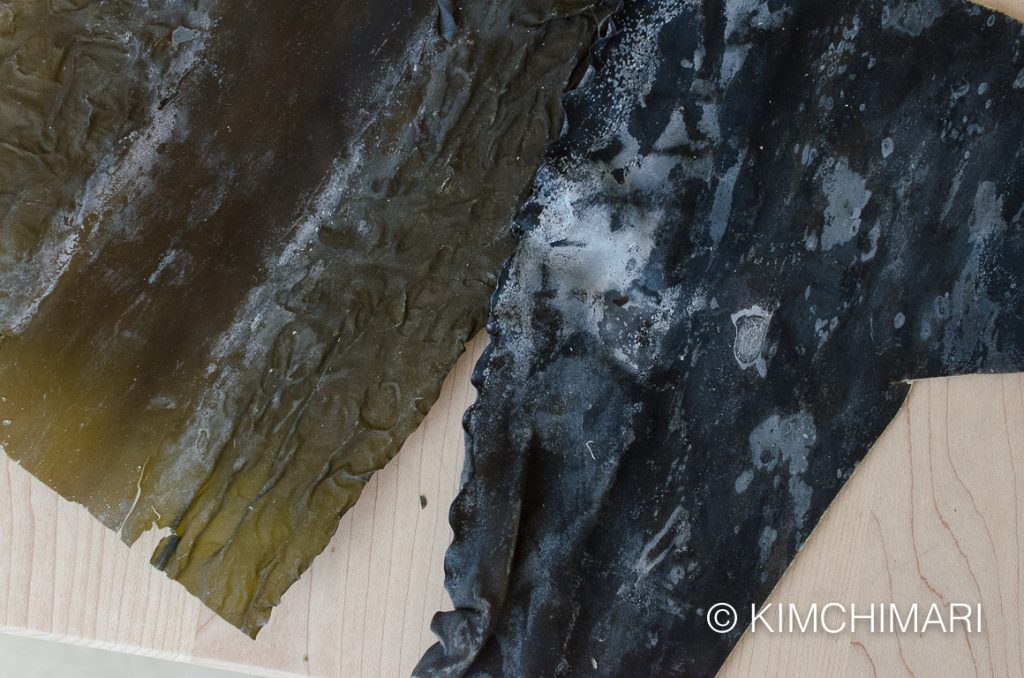
Here is a picture that I took of 2 different kelp/dasima that I have. The left one is definitely thinner and greener. The right one is thicker and darker. The right one is of better quality, definitely for making broth. But, just to test, I used both kelps in my kelp chip recipe below and you can see how different they look. In terms of taste, I have to say that I actually almost prefer the thinner kind. The thinner kelp resulted in lighter and crispier chips while the thicker variety made meatier chips.
Compare the closeup picture below of the thinner kelp chip below and the picture of the thicker kelp at the top of the post.
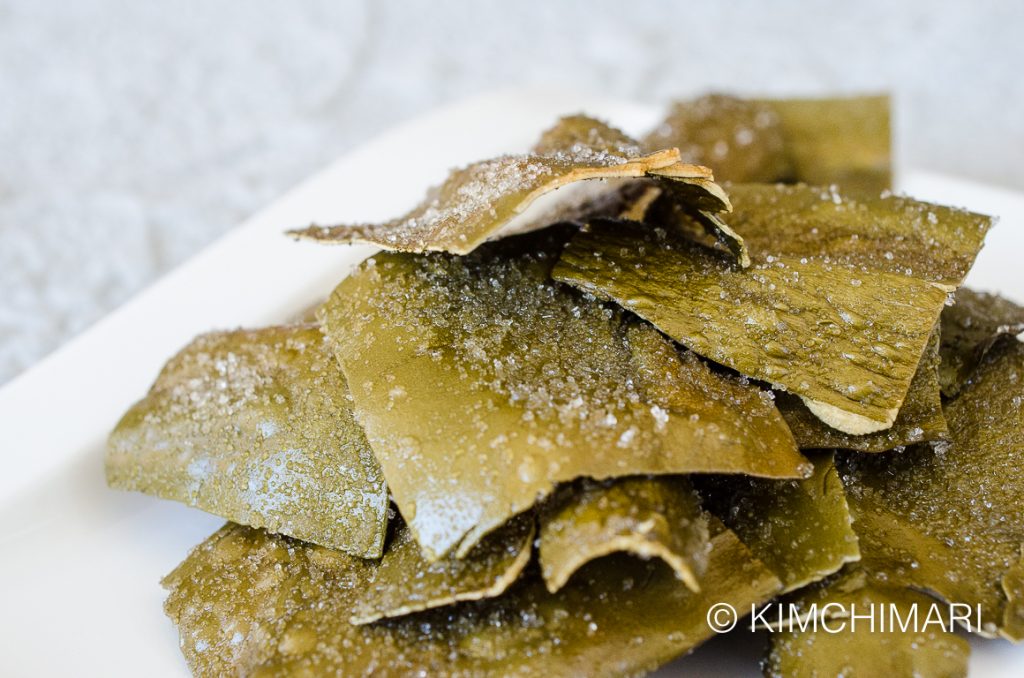
In the US, you may have a hard time finding the thicker kelp (I actually brought this one back from Korea) but try different kinds and see which one you like. I also tested a bag of Kombu squares (Seamama brand) that I got from whole foods (also available online) and that came out great too. It’s convenient that it is already cut but it takes longer to wipe all the individual pieces. 😉
OK. Now back to my easy kelp recipe for making some awesome Dasima chips!
Fried Kelp Chips Recipe
Yields: 60 chips Cooking Time: 10 minutes Difficulty: Easy
Ingredients
- one 9”x15” sheet of Kelp (Dashima) or equivalent size
- 1 ½ cup vegetable oil
- 4 tsp sugar
- Heat vegetable oil in a fryer or a deep frying pan.
- While oil is heating up, wipe both sides of kelp with a wet towel to remove any extra salt residue. Depending on your kelp, this may or may not be necessary. Take care not to use too much moisture. Squeeze out as much water as possible from the towel before wiping. Kelp should dry up almost immediately after.
Wiping dried kelp dashima - Cut kelp into 1.5 x 1.5 inch squares with scissors. Of course, you can cut it bigger or smaller but I find this size works best. The kelp I had was one large sheet about the size of 9 x 15. Which means I had about 60 squares.
- Prepare a plate lined with paper towel or fryer basket right next to the fryer.
- When oil is heated enough (150°C/300°F) throw in a handful of kelp pieces and start frying. The kelp pieces should balloon or flower in just seconds. When they have floated to the top, leave them to fry a couple more seconds and using a spider or a fryer basket, take them out. Once in the basket, toss the kelp pieces in the air to drain away any extra oil. Then transfer them to the prepared plate in 4.
Kelp deep frying Dashima Twigak chips Two kinds of Kelp Dashima frying – ready to be picked up! - Once it’s cooled a little, sprinkle sugar generously on both sides.
Fried Kelp Chips Recipe (Dasima Twigak) - And there you go!
Dasima Twigak (fried kelp chips) – two kinds of kelp Korean Fried Kelp Chip Recipe (Dasima Twigak)
Korean fried kelp chips (Dasima Twigak) is a very traditional recipe that has been around for hundreds of years. It is a great side dish and also as a snack. Kelp has great health benefits with added minerals and anti-fat absorbing properties.Prep: 10 minutesCook: 5 minutesTotal Time: 15 minutesserves: 60 squaresIngredients
- 1 dried kelp, one 9”x15” sheet (Dashima) or equivalent size
- 1 ½ cup vegetable oil
- 4 tsp sugar
Instructions
- Heat vegetable oil in a fryer or a deep frying pan.
- While oil is heating up, wipe both sides of kelp with a wet towel to remove any extra salt residue.
- Cut kelp into 1.5 x 1.5 inch squares with scissors.
- Prepare a plate lined with paper towel or fryer basket right next to the fryer.
- When oil is heated enough (150°C/300°F) throw in a handful of kelp pieces and start frying. The kelp pieces should balloon or flower in just seconds. When they have floated to the top, leave them to fry a couple more seconds and using a spider or a fryer basket, take them out onto plate prepared in step 4.
- Once it’s cooled a little, sprinkle sugar generously on both sides.
Nutrition Information:
Calories: 5kcal
Tips
- No need to refrigerate. Great as side dish or as snack.
- These kelp chips or Dashima Twigak should be crispy and crunchy so make sure you store them away from moisture, in an air-tight container AFTER they are completely cooled.
- For additional flavor, sprinkle chopped pine nuts or sesame seeds in addition to sugar.
- Where to buy dried dasima or kombu – in addition to your local Asian/Korean grocery store, I have found 3 brands that I know that are good and added to my store.
Hope you enjoy making these!
XOXO ❤️
JinJoo
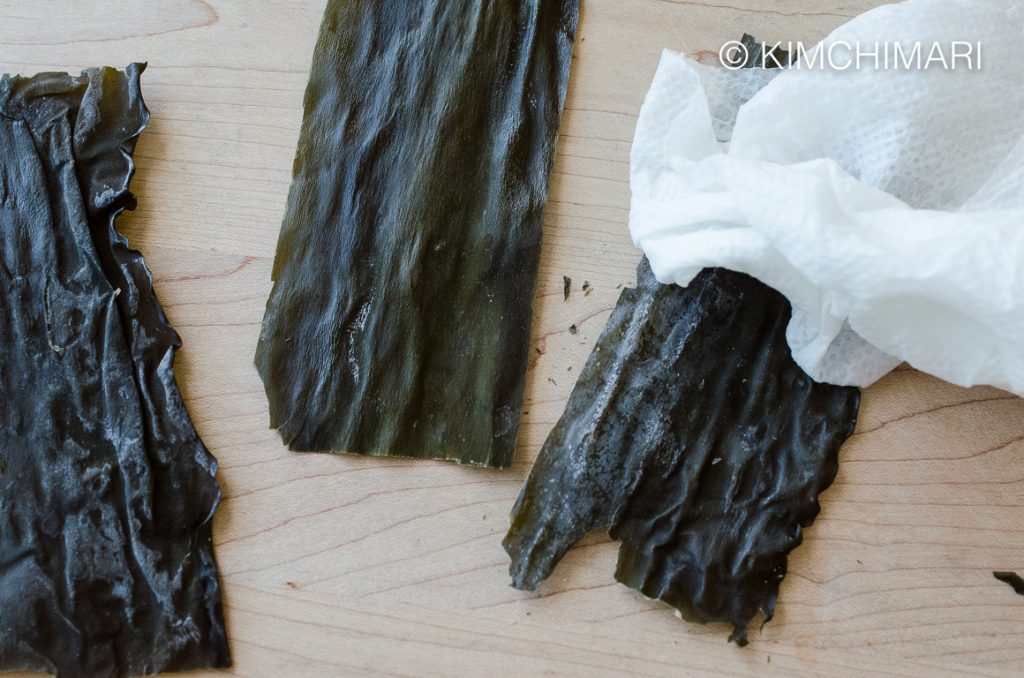
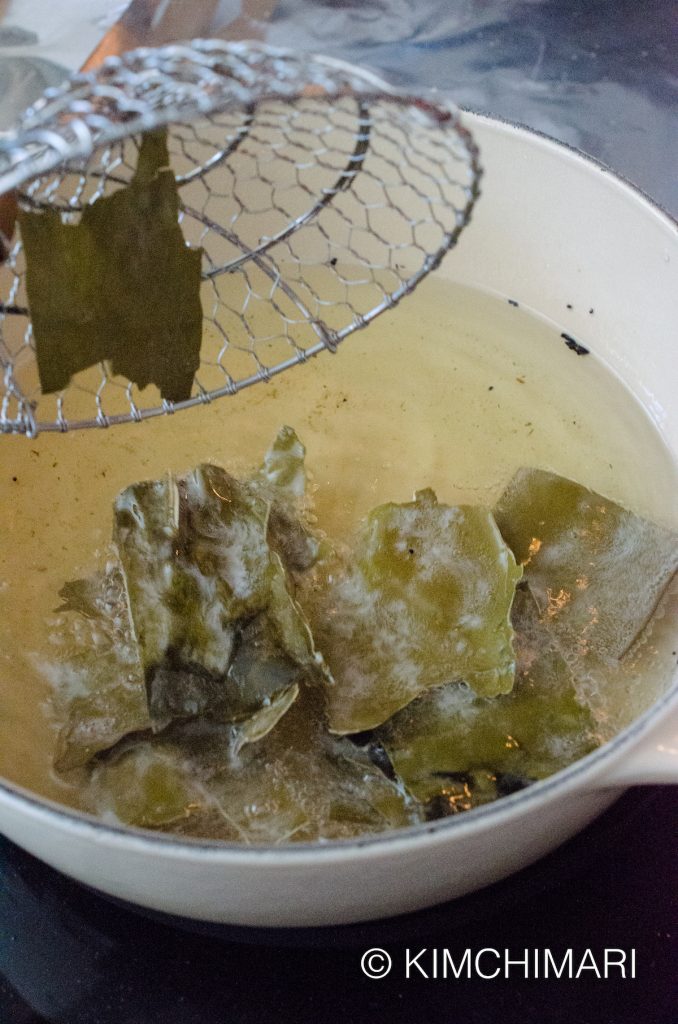

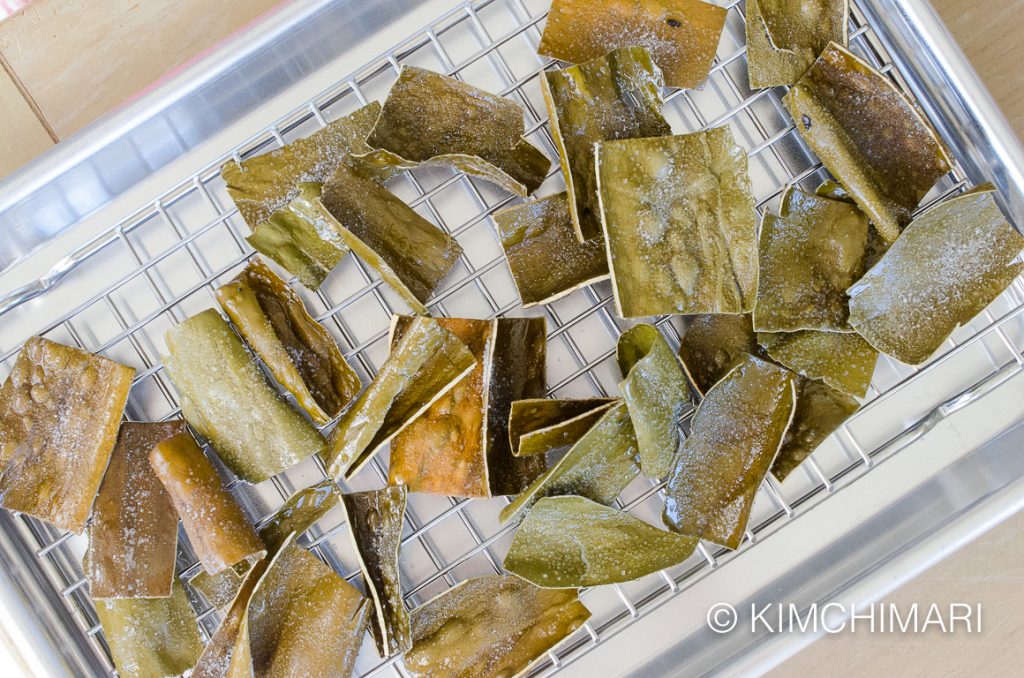
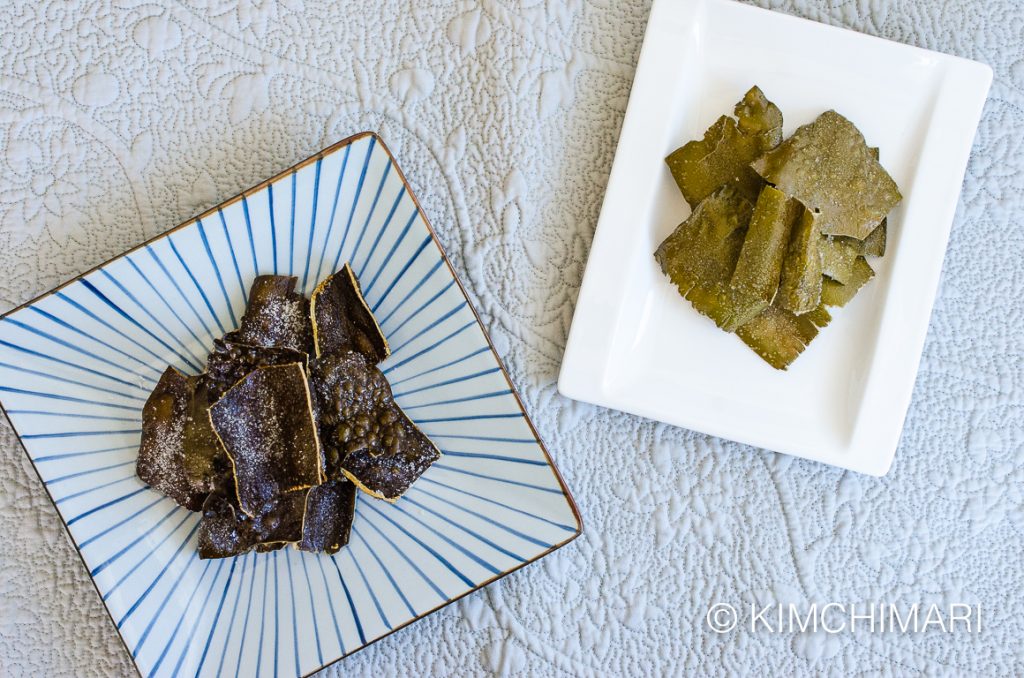
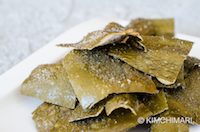
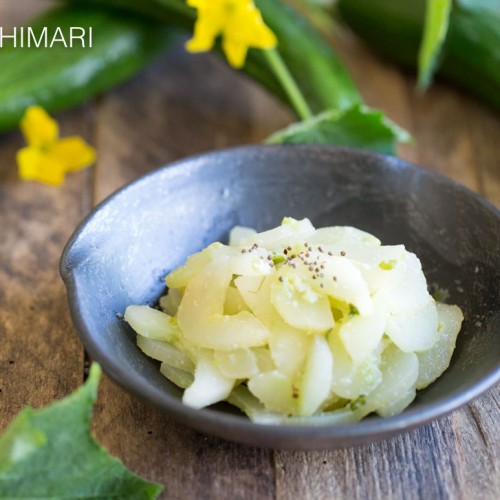
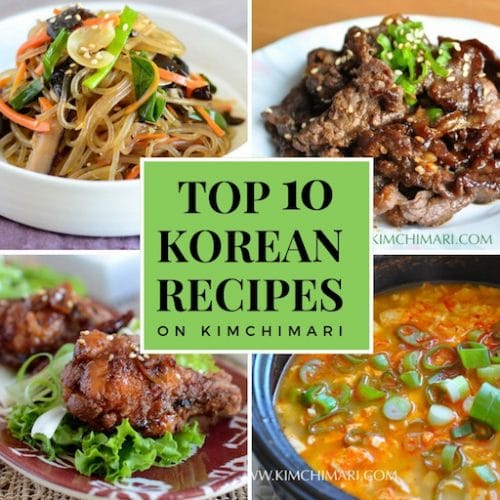
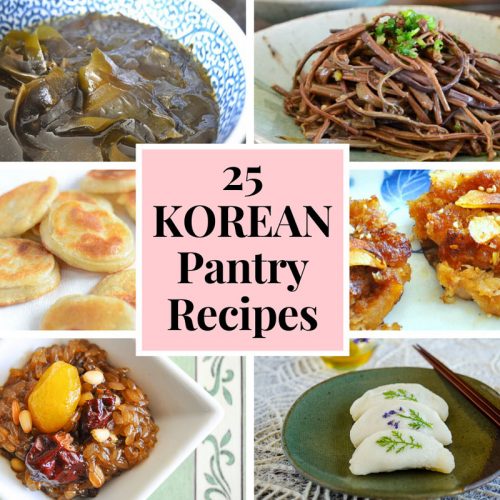
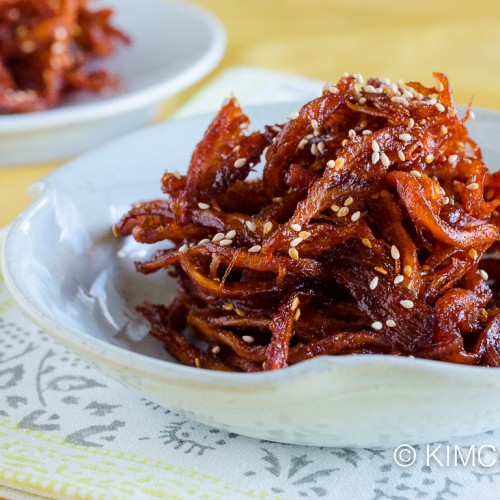
















I would like to make this recipe but wonder if you think using an air fryer would work for this recipe.
Hmm..sorry but I am just not sure if it would work.
Why is the title, “Fried Kale…”?
OH! It’s a total error. My auto-correct must have done it..I just fixed it. Thank you soo much for letting me know.
Why is mine so salty?
The kelp is a bit salty since it is from the sea..and that’s why we sprinkle some sugar on it. It could also have to do with the kelp you have – it may have more salt than some other type. You can try wiping off the salt with some wet paper towel before frying.
JinJoo,
Thank you so much!!!! I have been looking for this recipe ever since eating this over 20 years ago as part of ban chan in Chicago!!!!
Can’t wait to make it.
Karen
Wow!! And you still remember it after 20 years?? It’s one of my favorite too and I never understand why they sell this at stores when it is so easy to make at home and usually much better. Thank you for dropping this note – always makes my day when I hear back! 😍
Hi JinJoo,
My Korean friend told me pickling ripe Umi is better than green Umi because there’s no time constraints. Green umi can only be fermented for 90 days then the umi seeds will turn toxic. She said ripe umi seeds (orange color) does not produce toxicity after the 90 days. So it can be kept in the juice until ready to consume. Is that true?
Stella
Honestly, I can’t give you a definite answer about that. When hearing advice/tips from Koreans, you do have to take into account that many theories and advice spreads throughout the community very quickly without much substantial evidence. That’s one of the most frustrating thing for me when researching. I will do hours of research only to find that it was started by someone who has no expertise but people including the media will propagate the info without any corroborating evidence/research.
I believe her belief came because one famous Korean food critic Hwang had mentioned this on TV recently. But my common sense tells me that ripe Ume is most likely be less toxic, more palatable than an unripe green ume but I don’t know if I would go as far as to say that the ripe ume seeds are not toxic after 90 days. BTW, I don’t think seeds ‘turn’ toxic after 90 days, I believe it’s because the flesh gets sucked out of juice after 90 days which means now you are getting to the seed level of the fruit (this is just my thinking) – so I would assume it will be the same whether it’s ripe or unripe plums. Since all fruits are somewhat toxic when unripe and much more palatable when ripe, I am sure the level of toxicity is less but probably the seeds are still somewhat toxic even after it’s ripe because the whole purpose of the seed of any plant is to reproduce and all seeds in nature has a little bit of toxin in its natural state in them so that animals will eat them and pass them quickly.
I also wonder if the flavor will be the same since the ripe ume is probably less acidic. But this is all an educated guess on my part. I don’t see any negatives at all in using ripe plums (except maybe less sourness), just I would err on the side of caution and take the seeds out after 90 days still.
Thank you so much for asking and I am sorry I don’t have a more definite answer for you. But I could not find any scientific study that definitely supports the claim.
thanks so much for your quick reply. I will stay on the safe side and remove the seeds after 90 days. I also won’t go out of my way to look for ripe ume. My Korean friend that told me about this myth said she’d drive 2 hours to get to the ume farm to pick from a tree that’s reserved for her.
So far I’ve only tried fermenting twice, 2 separate years. Both times the yield tasted different. One time it tasted more alcohol and another time more medicinal. Do you know why? Each time I added organic cane sugar in light brown beige color. Covered with sugar all the way to the top layer of the ume.
On another note, what about removing the seed before fermenting? I know it’s difficult but I can always cut off the meat. What do you think? Is there any benefit in keeping the seed during fermentation?
Hi Stella, so the syrup turns into alcohol more quickly if there was not enough sugar. While the organic sugar is great, I think the result tends to vary more with that kind of sugar as opposed to the white one. As it tends to be less ‘pure’? The organic sugar is also less sweet which I think makes it a little tricky. Also, stirring often helps – at least every 2 days or so. Medicinal?? I’m not sure about that one. Just make sure you use more sugar than less. Cover the top completely. Use the right ratio amount.
Yes, removing the seed before fermenting should definitely be fine. Some people actually recommend it. I don’t do it because it’s too much work…I don’t think there’s any benefit other than that. Good luck!
Thank you so much, JinJoo!